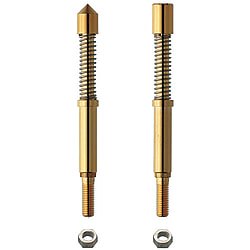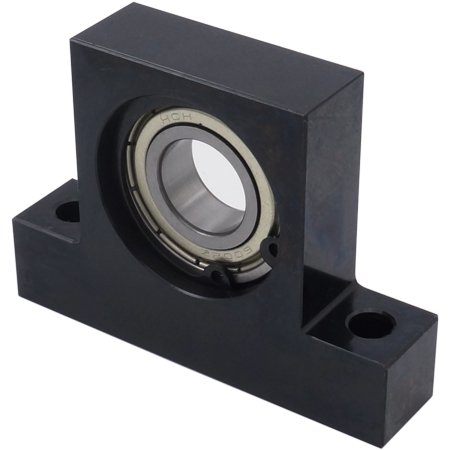In precision engineering, the smallest tolerances can make the biggest difference — especially when it comes to dowel pins. These seemingly simple cylindrical components are crucial in ensuring exact alignment, repeatable assembly, and structural stability. But not all dowel pins are created equal. Understanding which tolerances truly matter can help design engineers and buyers avoid costly mistakes.
Diameter Tolerance: The Heart of Fit
The diameter tolerance determines how tightly the dowel pin will fit into its hole. For most applications, the key standards are:
- m6 (interference fit): Common for press-fit pins, ensuring they stay securely in place without adhesives.
- h7 (sliding fit): Allows for easy insertion/removal, often used when alignment is critical but disassembly is needed.
For example:
- A 6mm pin with m6 tolerance might measure 6.003 – 6.009 mm
- The same pin with h7 would be 6.000 – 6.015 mm
Choose based on whether your application prioritizes holding power or removability.
Length Tolerance: Alignment and Repeatability
While less critical than diameter, length tolerance becomes important in applications with deep blind holes or mating components stacked in tight assemblies.
- Standard tolerance: ±0.2 mm for most DIN/ISO dowel pins
- Custom tolerance: As tight as ±0.01 mm in high-precision jigs or aerospace fixtures
A pin that’s too short may fail to provide proper alignment; too long, and it could bottom out or cause surface damage.
Roundness and Straightness: Hidden but Critical
- Roundness tolerance ensures consistent contact all around the circumference. A pin that’s not perfectly round can rock in the hole and affect alignment.
- Straightness tolerance ensures the pin doesn’t bow, especially critical for longer dowel pins used in mold bases or die sets.
High-end applications (like injection molds or CNC tooling fixtures) often require roundness and straightness tolerances within 3 to 5 microns.
Surface Finish: More Than Aesthetics
A smoother finish:
- Reduces wear between pin and hole
- Minimizes the risk of galling or seizing
- Ensures consistent insertion force
Look for pins with surface roughness ≤ Ra 0.8 μm, especially in stainless steel or hardened alloy steel variants.
Chamfer Tolerance: For Easy Insertion
The chamfer (beveled edge) facilitates insertion without damaging the hole or the pin. While often overlooked, inconsistent chamfering can:
- Lead to jamming during assembly
- Damage precision-ground bores
Standard chamfer angles (e.g., 10°–20°) with consistent depth help maintain assembly flow in automated lines.
Final Thoughts: Precision Is a System
A dowel pin’s performance isn’t just about one dimension — it’s the sum of diameter fit, length, roundness, surface finish, and chamfer design. Each tolerance matters, especially when working with high-speed dies, CNC jigs, or aerospace-grade components.
If your application involves tight tolerance assemblies or demands repeatable precision over thousands of cycles, investing in precision dowel pins with well-controlled tolerances is not optional — it’s essential.



